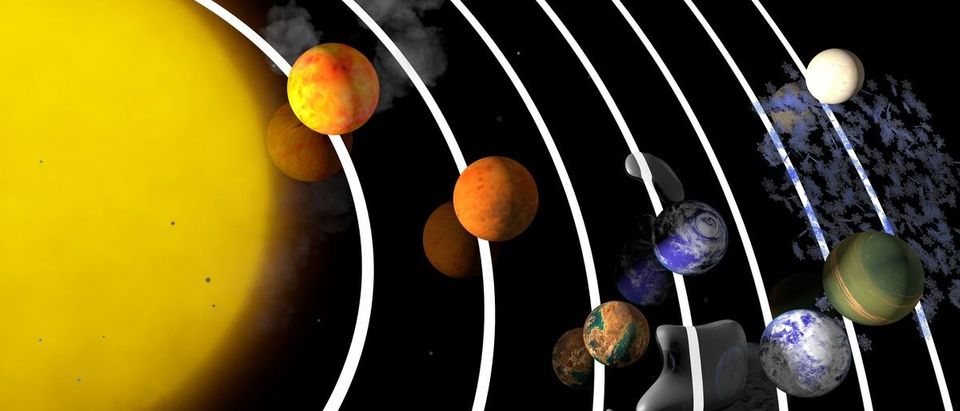NASA released raw data from the Kepler Space Telescope of three potentially habitable planets around the star TRAPPIST-1.
NASA’s Kepler observations could provide more detail about the gravitational interactions between the planets, indicating if they’re in the right locations to develop life. The new data may even result in the discovery of more planets around the star.
“Scientists and enthusiasts around the world are invested in learning everything they can about these Earth-size worlds,” Geert Barentsen, a NASA research scientist who works on the Kepler telescope, said a NASA press statement. “Providing the K2 [Kepler] raw data as quickly as possible was a priority to give investigators an early look so they could best define their follow-up research plans. We’re thrilled that this will also allow the public to witness the process of discovery.”
Kepler researchers published unprocessed data from their survey for astronomers to use in scientific research and intend to publish the final and processed results in late May.
“Finding a second earth isn’t just a matter of if, but when,” Thomas Zurbuchen, NASA’s associate administrator for science, said during the press conference announcing the discovery. “Imagine how many worlds out there have a shot of developing a habitable ecosystem which we could explore.”
Scientists were even able to estimate the size and density of the planets. The recently published data may be capable of determining if these planets have atmospheres. One of the potentially inhabitable planets, dubbed TRAPPIST-1E, is very similar in size to Earth and likely has very similar temperatures. Another called TRAPPIST-1F is potentially covered in water.
Search for Extraterrestrial Intelligence (SETI) telescopes had been monitoring the multi-planet system for signs of life even before the discovery was announced. So far, no tell-tale signs of radio traffic have been detected, but further searches are in the works.
Researchers used a radio telescope capable of detecting transmitters with 100 kilowatts of power or more, which is ten times more power than the radar at a local airport. The lack of radio signals could mean alien life in the system haven’t developed the radio or don’t use it. Scientists believe TRAPPIST-1 could be a better place for life to develop than our own solar system.
NASA announced in May that its Kepler Space Telescope found 1,284 new exoplanets, or planets, outside our solar system. Roughly 550 of those exoplanets could be rocky planets, like Earth, based on their size. Nine of these exoplanets orbit in stellar “Goldilocks Zones.”
Some exoplanets closely resemble Earth and are a few of the best places to look for alien life. European astronomers identified a planet very similar to Earth in August around the star Proxima Centauri. Scientists don’t currently know if the planet, called “Proxima b,” has an atmosphere or possesses a magnetosphere, but there’s already a lot speculation about the possibility of life there.
Send tips to andrew@
All content created by the Daily Caller News Foundation, an independent and nonpartisan newswire service, is available without charge to any legitimate news publisher that can provide a large audience. All republished articles must include our logo, our reporter’s byline and their DCNF affiliation. For any questions about our guidelines or partnering with us, please contact licensing@dailycallernewsfoundation.org.


